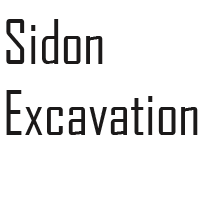SIDON, A HISTORY IN RECORDS
In trying to reconstruct the history of Sidon, there were two main sources of information. These were based on finds not from the city but from the surrounding area
The first source of information comes from the large nineteenth century necropoli located on the outskirts of Sidon as reported by archaeologists, Consular agents, European and American residents in Lebanon. These necropoli have yielded numerous sarcophagi including those of the kings of Sidon, Eshmunazar and Tabnit (from the fifth century BC), and the famous “Alexander” sarcophagus dating to the Hellenistic period depicting battle and hunting scenes. Further excavations south-east of Sidon at Ain el-Helwe in a field belonging to the american Presbyterian Mission school revealed a large number of anthropoid sarcophagi from the fifth century BC. Other Middle Bronze Age tombs were opened in 1937, 1938 in the foothills ovelooking the city.
The second source of information on Sidon’s past comes from a site called bostan esh-sheikh, three kilometres south-east of the city near the banks of the Awali river where the Temple of Eshmun (god of healing identified with Asclepios) was discovered. It was in the ruins of this temple that inscriptions of Bodashtart, king of the sidonians and grandson of Eshmunazar, were found, the contents of which indicate that they were two ancient Sidons. Sidon Yam the port city also called “Sidon Land by the sea” as well as “little Sidon” and the second city Sidon, Sade, or “rural Sidon”.
